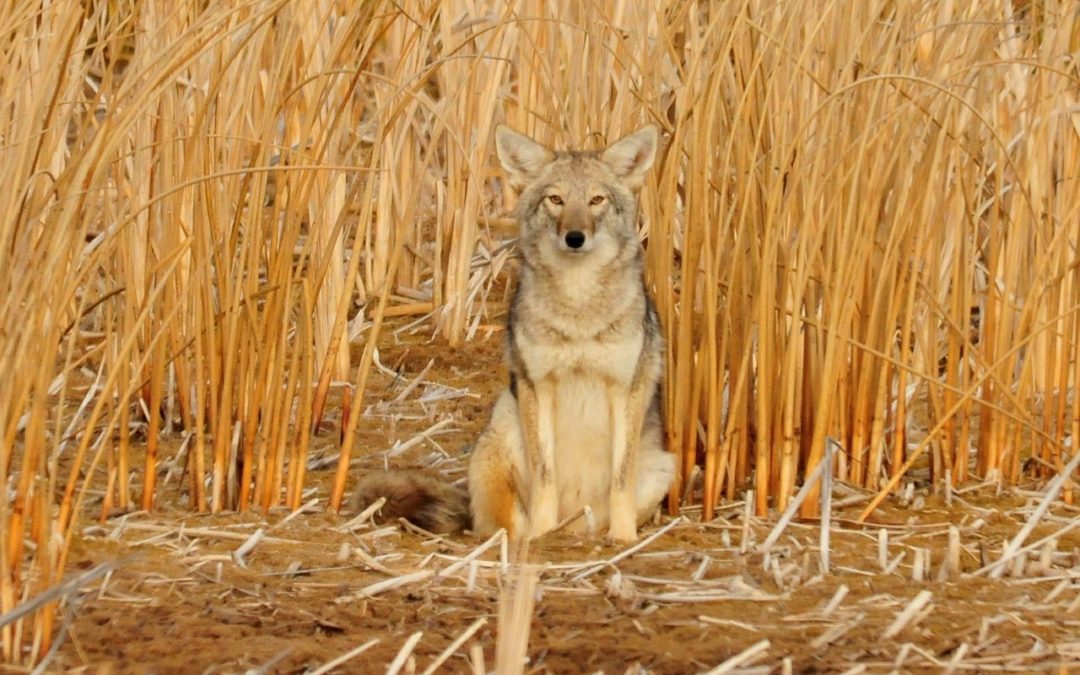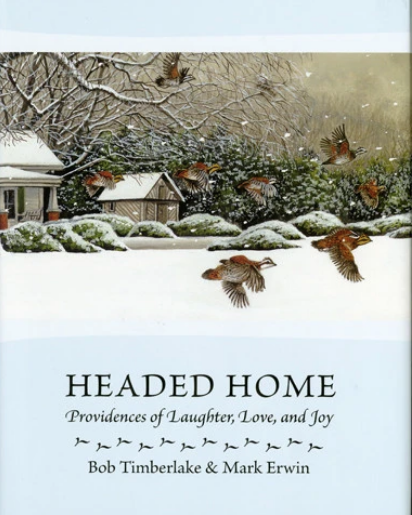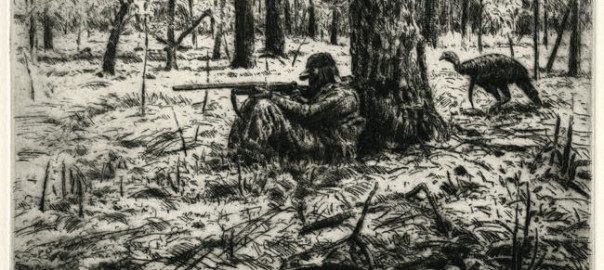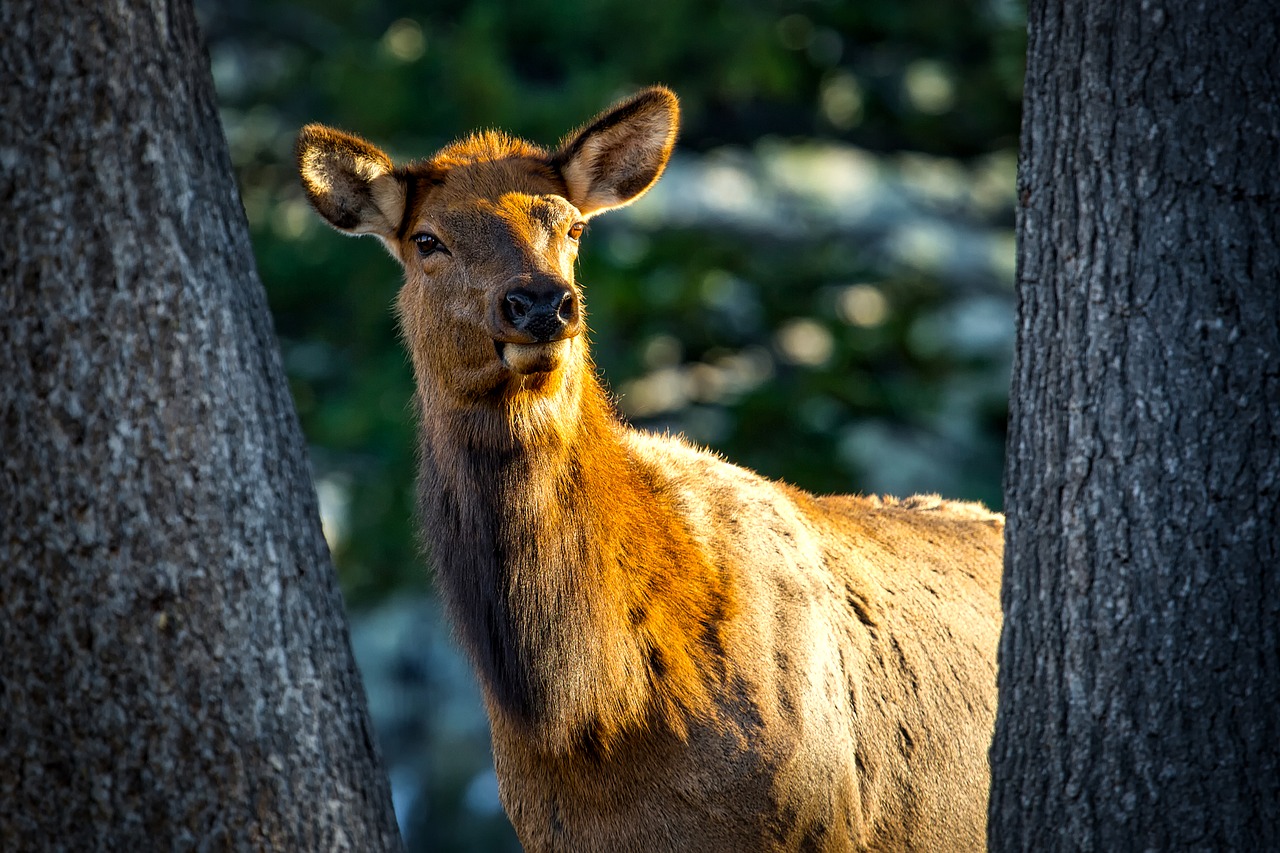Anyone and everyone who encourages the growth of predator populations is actually contributing to increased animal suffering in the wild.
After centuries of uninformed overuse and abuse of wildlife, American conservationists/scientists in the early 20th century finally convinced a generation – mine – that wildlife couldn’t be categorized into good and bad. All native wildlife was good, playing a critical role in our natural ecosystems.
So we preached the “positive predator” message. Foxes, coyotes, raptors, minks, wolves, cougars – if it hunted, killed and ate other animals, it was good, natural and essential.
Except it isn’t. Not always. Not in this day and age.
Despite today’s emotionally inspired Little Bo Peep philosophy of wildlife management (“Leave them alone and they’ll come home, wagging their tails behind them”), hands-off wildlife management no longer works. Humans have corrupted the playing field too much to restore Eden.
Unchecked numbers of flesh-eating critters these days can drastically reduce prey populations. Coyotes have been proven to be the culprits in a deep decline in Arizona pronghorn numbers. Cougars in California have been documented wiping out entire herds of big horn sheep. Gulls have hammered threatened tern nesting colonies on the East Coast. Terns have decimated salmon in the lower Columbia. Wolves have severely depressed moose numbers in Alaska. Orcas have slashed and killed endangered blue whales. Even the innocent barred owl is now implicated in the decline of the endangered spotted owl in the Pacific Northwest.
And we are to blame.
Our problem is that we prefer to see the world through a prism of guilt. Because we feel a certain collective guilt about how our forefathers ran roughshod over North America, we attempt to rise above their level with a kinder, gentler perception and treatment of predators. This requires a significant effort at self-delusion, but we’re aided in it by society at large.
Who wants to stand against something as kind and “life affirming” as rescuing feral kittens, patching up broken legged coyotes and returning rehabilitated great horned owls to the wild? What teenager can oppose pop stars, actors and sports heroes who urge them to boycott fur and turn vegan? What insensitive lout wouldn’t donate to the local animal shelter? What kind of a monster would support animal suffering?
Us. Yes, you and I and the neighborhood vegan and the folks who volunteer at the local critter shelter. Anyone and everyone who encourages predators increases animal suffering.
If you don’t believe this, you haven’t watched enough predatory attacks on TV and YouTube. While we humans wring our hands and rage against two-legged hunters who kill deer and bunnies with single shots to the brain or heart, we ignore four legged hunters who chase, terrorize, nip, rip, claw, bite and sometimes eat alive those same deer and bunnies. Don’t take my word for this. Ask your local house cats.
Our population of 188 million domestic cats, feral and cared for, annually kill some 2.4 billion birds and 12.4 billion mammals in the U.S. We spend hundreds of millions trying to save dozens of species of small birds and mammals under the Endangered Species Act while enabling a deadly efficient, non-native predator to kill them by the billions. This is not kind, not smart and it’s sure as heck not natural.
Yet society at large supports or at least permits emotional cat lovers in maintaining feral cat populations. We allow tax monies to be spent on feral cat feeding. We pay to have them captured, neutered, vaccinated and then returned to the streets and fields to continue their bloody, painful attacks.
And not just cats. Thanks to us humans, even “native” predators are out of balance with the natural world, because they benefit so much from our human world.
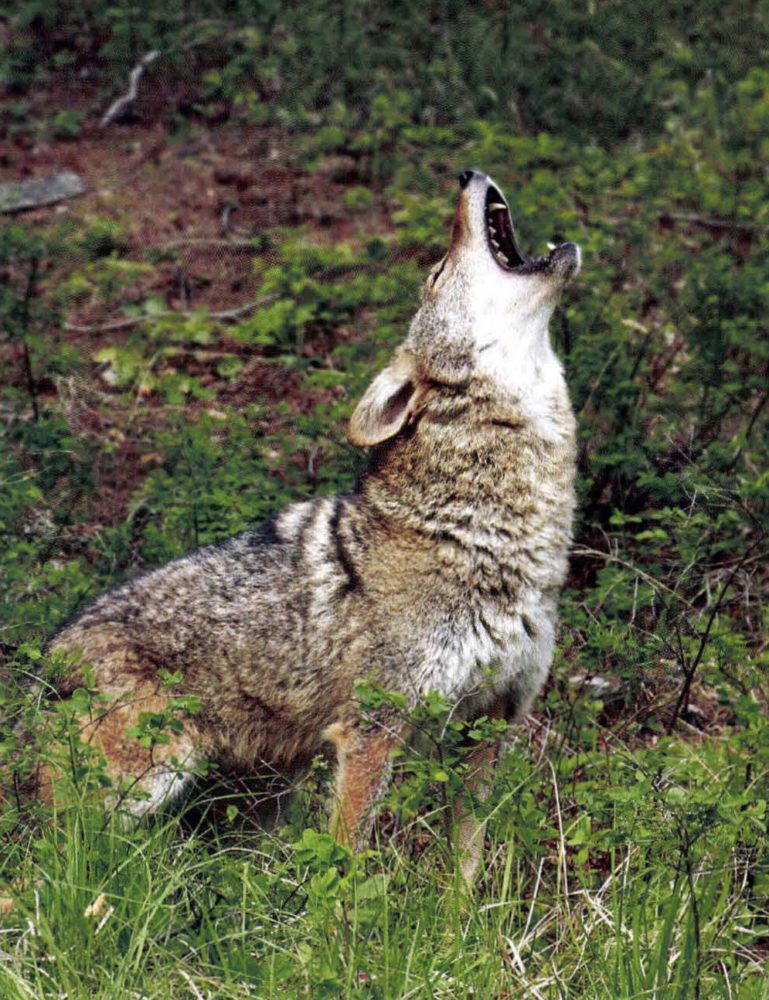 Historically, coyotes were rare to nonexistent east of the Mississippi. But now that we’ve logged, plowed, dozed, planted and otherwise messed things up, coyotes are eating their way through every corner of the Lower 48, gobbling up woodchucks and cottontails, pheasants and fawns, even killing calves and sheep.
Historically, coyotes were rare to nonexistent east of the Mississippi. But now that we’ve logged, plowed, dozed, planted and otherwise messed things up, coyotes are eating their way through every corner of the Lower 48, gobbling up woodchucks and cottontails, pheasants and fawns, even killing calves and sheep.
And when they can’t find enough wildlife to eat, we help them out with backdoor pet food, road-killed deer and various grains and vegetables even while we hinder prey species by destroying the habitat they need to survive.
In 1800 the prairie pothole region of the Dakotas was filled with grass, water, bison, wolves, badgers, plovers, ducks, geese, sandpipers and sharp-tailed grouse. We came along and drained half the wetlands, plowed most of the grasslands, shot out the wolves and bison and laid out a welcome mat for red fox and raccoons. We even planted trees so predatory crows, hawks and horned owls would feel at home. And they certainly do.
According to biologists, a red-tailed hawk atop a 50-foot cottonwood will kill every nesting duck within a 200-yard radius. Raccoons find snug homes in barns, culverts, crawl spaces and even manmade rock piles from which they pig out to devour the eggs and chicks of ground-nesting birds. Red foxes rejoice and pig out when we plow up mice and throw out half-eaten hotdogs. Then, refreshed, they lope afield to sniff out quail, grouse, cottontails, meadowlarks and mallards. It’s a dog eat everything world out there, and we are enabling it.
Of course, predators and predation are normal and natural. So are humans and human activity. After all, we evolved here just like all other mammals. But when our activities adversely impact prey species while benefitting predators, it is our responsibility to correct the imbalance.
I don’t hold out much hope that we’ll stop plowing our grain fields. Nor will we replace vineyards with native brush or strawberry fields with pine forests. But we could act to reduce the unnaturally high levels of predators that we’ve created. While doing so we could simultaneously reduce our carbon footprint by utilizing biodegradable, naturally produced, free-range, sustainable, perpetually renewable fur.
That’s right. Fur. Real, wild fur that, unlike faux fur and polyester, does not depend on oil wells and refineries that scar the ground, foul the air, pollute the oceans and release carbon. Real fur that would save the lives of millions of ducklings and chicks and bunnies. Fur that would end hours and years of painful animal suffering.
Sounds crazy, doesn’t it? Killing animals to reduce animal suffering. But it works.
More importantly, by reducing artificially high numbers of predators, we help many beleaguered prey species to recover.
This does not mean blanket persecution of predators. Reasonable levels of them truly are natural and necessary. But when human meddling creates unnatural imbalances, it’s time to reduce their numbers and minimize animal pain and suffering. This isn’t 1800 anymore.
In their book Headed Home, popular nature artist Bob Timberlake and Mark Erwin have gathered a fascinating collection of aphorisms, tales, and inspirational quotations exploring such themes as personal fulfillment, mortality, faith, our sporting heritage, and the wonders of dogs.

